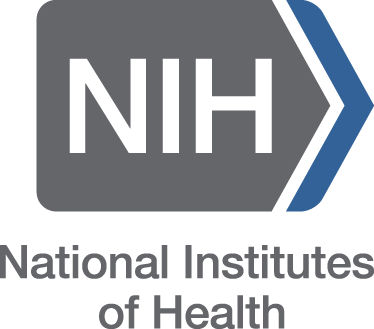Menstrual Health and Hygiene in low- and middle-income countries: A Comprehensive Review
DOI:
https://doi.org/10.63001/tbs.2024.v19.i02.S.I(1).pp465-468Keywords:
Menstrual Health And Hygiene, Disposable Sanitary Padas, Menstruation, Menstrual Products, Middle and Low Income countriesAbstract
Menstrual health and hygiene (MHH) are fundamental for the well-being, education, and empowerment of individuals who menstruate, yet they face significant challenges in middle and low-income countries (LMICs). This review examines the barriers and advancements in MHH over the past seven years. Understanding MHH involves managing menstruation with dignity through access to accurate information, appropriate menstrual products, and adequate sanitation facilities. Challenges include cultural taboos perpetuating stigma and misinformation, economic constraints limiting access to affordable products, inadequate education resulting in poor hygiene practices, and insufficient sanitation facilities in schools and public spaces. Efforts to address these challenges have seen policy advancements such as providing free menstrual products in schools and public spaces, advocacy to destigmatize menstruation globally, and innovations in sustainable menstrual products and technology. Community-based interventions have proven effective by promoting education, distributing menstrual products, and fostering supportive networks. Case studies highlight successes, including Scotland's provision of free menstrual products, Kenya's abolition of taxes on sanitary products, and India's national guidelines on menstrual hygiene management. These initiatives underscore the importance of multi-sectoral approaches involving education, policy change, and community engagement to achieve gender equality and empower individuals to manage their menstruation with dignity.






























